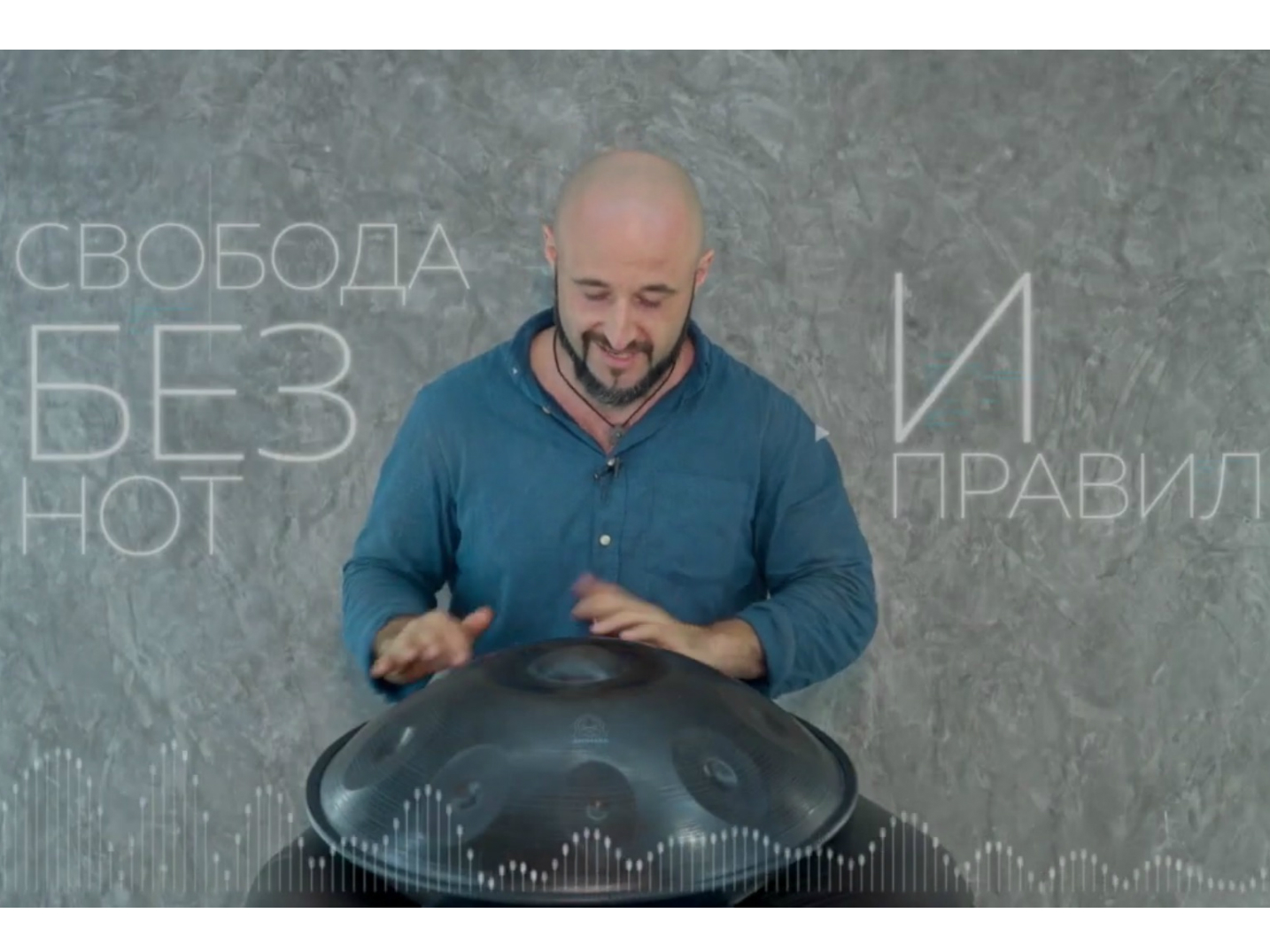как создавать музыку и развивать мозг одновременно? и как на это смотрит наука?
сначала объясним коротко и простыми словами, а потом - длиннее и научно-популярным языком.
итак, открываем секрет: не просто прослушивание, а именно игра и сочинение музыки, особенно импровизация - все это работает как сильнейший стимулятор и катализатор развития.
почему? потому что мозг - это не только про мысли. он не живёт в банке физраствора в голове. мозг - это вся нервная система и органы восприятия мира. ваше зрение, тактильные ощущения, равновесие, запахи.
чтобы тренировать мозг, нужна практика, которая сперва включает восприятие всего тела, затем - воображение и моделирование реальности, а после - выдаёт результат физического действия. именно так: восприятие - моделирование - физическая реализация - обратная связь. и желательно, чтобы всё это происходило одновременно и в едином цикле.
что же происходит, когда вы практикуете музыкальную импровизацию?
верно! вы сочиняете в настоящем моменте. спонтанно и максимально быстро.
все каналы восприятия работают. тело движется, нервы ощущают прикосновения, слух - звуки, внутреннее ухо - изменение равновесия тела от раскачивания в такт музыке, глаза следят за траекторией движения рук.
при этом в вашем воображении разворачивается модель того, что вы уже сыграли, что играете сейчас и что только предстоит сыграть в ближайшие мгновения. затем на основе этого вы снова действуете физическим телом. так наступает состояние присутствия - когда вы становитесь исполняемым действием, когда вы и есть развивающийся в моменте процесс. это называют динамической медитацией.
лучший проверить это - взять и попробовать прямо сейчас! с интуитивными музыкальными инструментами первый результат возможно получить за несколько часов занятий, даже если у вас нет никакого опыта и музыкального образования.
а теперь - взгляд на этот вопрос с точки зрения науки.
Эффективная работа мозга зависит от скоростей и качества взаимодействия всей нервной системы. Игра на музыкальных инструментах развивает когерентную функцию мозга - межполушарное взаимодействие.
Динамическая медитация, частным случаем которой является музыкальная импровизация, в свою очередь, влияет на мозг вплоть до изменения активности и состава нейромедиаторов - гормонов, отвечающих за передачу нервных импульсов.
Так, многолетняя интенсивная музыкальная практика оказывает положительное влияние не только на межполушарную организацию слуховых и двигательных функций, но и на процесс перераспределения психических функций между левым и правым полушариями головного мозга (латерализация).
Дети, занимающиеся музыкой около трех лет, превосходят своих сверстников сразу по четырем показателям: восприятие информации на слух, моторика, словарный запас и логическое мышление. А игру на инструменте в пожилом возрасте связывают со значительным уменьшением вероятности возникновения деменции и когнитивных нарушений.
Игра на музыкальных инструментах влияет на структуру мозга, улучшает память, пространственное мышление и речевые навыки. Например, мозолистое тело – сплетение нервных волокон, соединяющих два полушария мозга, – значительно крупнее у музыкантов. Области мозга, связанные с движениями, слухом и визуально-пространственными способностями, больше развиты у профессиональных клавишников. А зона, посвящённая обработке сенсорных сигналов от левой руки, увеличена у скрипачей. И все это - не пустые слова, а научно доказанные факты! вы сами можете ознакомиться с этими исследованиями здесь и здесь.
То же касается и креативности. Исследователи Лейденского университета в Нидерландах, изучая целенаправленную медитацию и медитацию ясного ума, обнаружили, что у участников эксперимента, практикующих стиль целенаправленной медитации, не наблюдалось особых изменений в областях мозга, регулирующих процесс творческого мышления. Те, кто избрал для себя медитацию ясного ума, намного превзошли остальных участников по результатам последующего тестирования.
теперь, когда мы раскрыли вам секрет саморазвития, - дерзайте!
доставка инструмента в любую точку мира и обучение онлайн - не проблема!
доставка инструмента в любую точку мира и обучение онлайн - не проблема!


